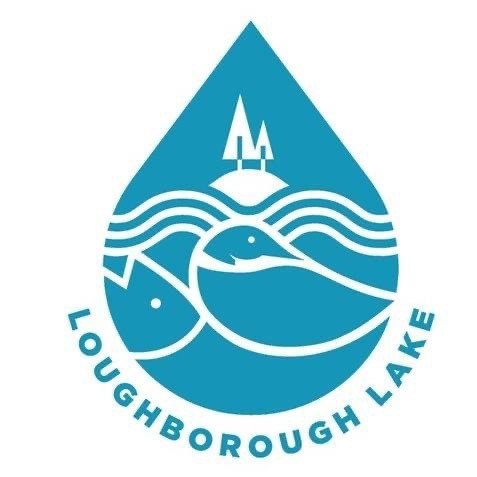Mr. Big: Action Brings Hope for Turtles
Mr. Big is big alright, and we are thankful and very lucky to still have him around. It was great fortune and great thrill for the lake association to share in Turtles Kingston’s release of this 18 kg, 80-something male Snapping Turtle last September. Mr. Big is back plying Loughborough Lake waters, after trauma treatment and rehabilitation at Sandy Pines Wildlife Centre (SPWC). He was likely wounded from a propeller injury after being struck by a motorboat, and was suffering from infected lesions to his head and neck when he was found.
Action brings hope. Mr. Big simply would not be alive today, were it not for Colette Lacoursiere. A big thank you to this kind and gentle soul for tending to this stranded Snapper while on a lake outing, and immediately setting Turtles Kingston and SPWC in local-motion. Hope springs eternal from action like hers, and the everyday heroines behind Turtles Kingston (Mabyn Armstrong) and Sandy Pines Wildlife Centre (Sue Meech) and their network of volunteers.
The Lake Association had a taste of Mabyn’s tireless and passionate turtle advocacy last year. She was our guest speaker at our 2019 AGM. Turtles Kingston Facebook followers have grown to approximately 3,000 individuals, families, organizations with more than 1,000 new members last year alone. It means more people in our community are better informed about the plight of our turtles, and engaged in helping to protect our local turtle populations.
All eight of Ontario’s native turtle species are at risk. Snapping Turtles are listed as Special Concern under the Endangered Species Act. As with all species at risk, there is the general threat of habitat loss and degradation. But the low hatchling survival rate (<1%) of turtles and late age of maturity (15-20 years) make their populations very vulnerable to decline with any loss of an adult from seasonal run-ins with road vehicles and motorboats.
Mr. Big was one of 54 injured or dead turtles transported last year to SPWC through Turtles Kingston’s ‘Turtle Trauma Response Program’. Dead turtles are assessed for possible egg extraction and to confirm that they are deceased, saving them from a horrific slow death at the water’s edge or the side of the road. Turtles are ectothermic. They depend on external sources of body heat, which makes them capable of slowing down their breathing and heart rhythms. They can appear dead, but in fact may still be alive, and suffering greatly. Eggs are harvested for incubation from gravid female turtles that did not survive their injuries. SPWC incubated close to 800 turtle eggs last season which resulted in hundreds of hatchlings being released last fall.
The 'Turtle Trauma Response Program’ is a network of compassionate people and organizations in place, and ready to respond to a rescue call like the one that saved Mr. Big. There are veterinary clinics and the Kingston Humane Society who provide ‘Temporary Holding Stations.’ There are ‘Volunteer Transport Drivers’ who give of their time (and gas) to transport the wounded turtles. At the receiving end, there is SPWC working around the clock to rehabilitate not only turtles, but a myriad of other wildlife that otherwise would not have a chance of survival. As Mabyn so eloquently says, “A sincere thank you to SPWC. The stars in heaven shine brighter because of the selfless work they do.”
Thanks to Turtles Kingston we also have at hand the ‘Turtle Nest Protector Program.’ Turtle nesting season is now (end May to end September). A female Snapping Turtle will lay up to 60 eggs, preferably in sand or road side silt and gravel. But most of them will be gone come hatching time, generally mid-August. As for all turtles, spring is when adult females are most vulnerable to road mortality, and their eggs are most vulnerable to predation. Generally entire nests are robbed within the first 24 hours, since fresh nests emit a strong, attractive smell for predators. The biggest culprit is the masked bandit in all our backyards. Raccoons, but also skunks and foxes are ‘human-subsidized predators’ who spring feast on turtle eggs.
Last spring Turtles Kingston and Lee Valley Kingston announced the turtle nest protection program. It designed and sold more than 250 easy to build and easy to use ‘Nest Protectors’ at cost ($15.00- tax included along with the 4 galvanized spikes used to anchor the protectors, and educational ‘how-to’ pamphlets). They also organized a series of seminars where the public (children included) were invited to construct the Nest Protectors themselves. One of our members has donated a Nest Protector to the Lake Association, and several lake members purchased one of their own.
The BLLA is ready to spring into action, and we display our “I brake for Turtles” bumper stickers proudly.
“The protection we all can help provide the adult reproducing turtles is invaluable”, says an impassioned Mabyn. “Only three per cent of the world’s water is freshwater, and 20 per cent of that is in Canada. Turtles are integral to the freshwater systems, as they are the best water cleaners. Remove them, and the wetlands implode.” Mr. Big is a grand old wetland daddy, holding the secrets of our lake, reminding us of our how vulnerable its natural treasures are to human impact, and inspiring hope for all species at risk.


